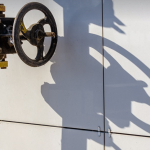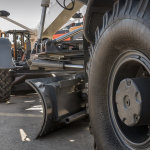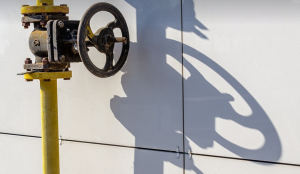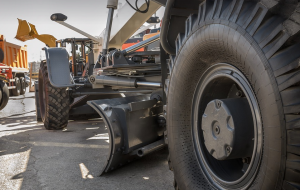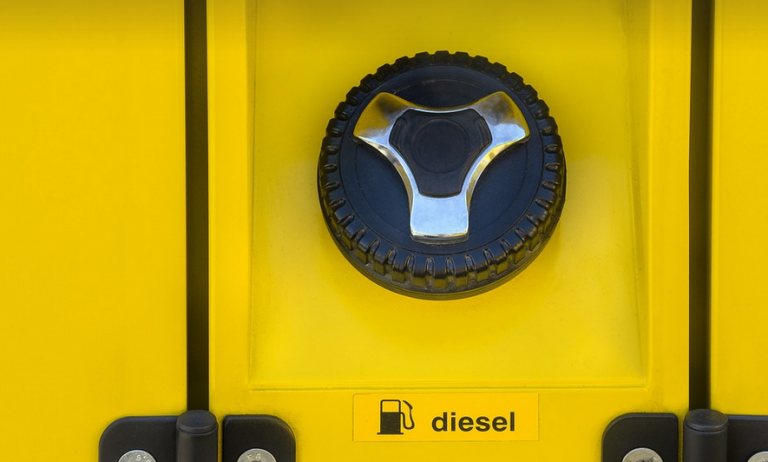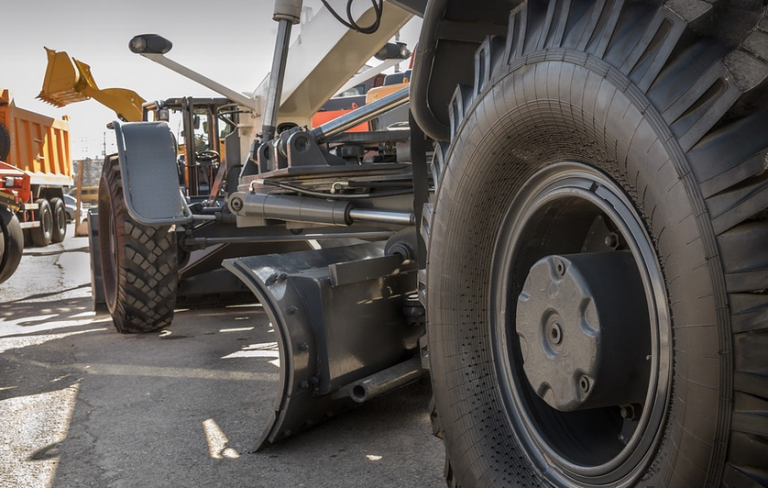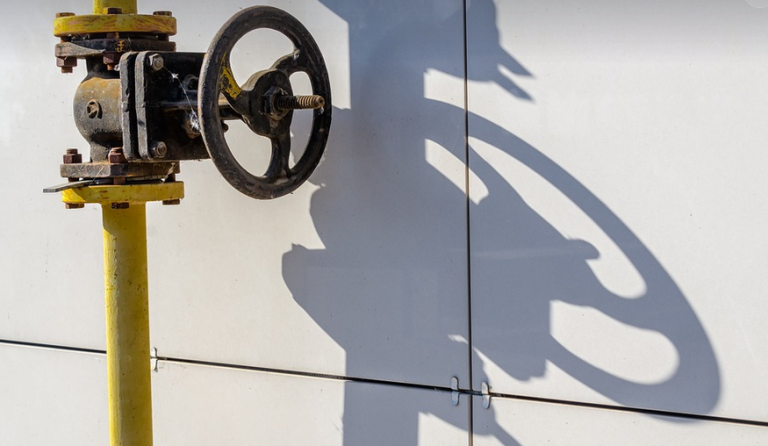The Importance of Prepping Your Metal Before Welding
Aluminum welding is a common and viable method for various projects, from home repairs to intricate artistic creations. But before you dive into the process, preparing your aluminum properly is crucial for success and weld quality. It’s not just about time-saving; proper preparation ensures your welds are strong, durable, and prevent potential problems down the road.
Think of it like this: You wouldn’t build a house on a shaky foundation, would you? You need to ensure that the aluminum is smooth, clean, and free from any obstacles before welding begins. This step sets the stage for a seamless welding experience and results in better-looking welds.
Choosing the Right Aluminum Prep Method
Aluminum comes in various forms, each requiring specific preparation techniques:
- Sheet aluminum
- Tube and Pipe Aluminum
- Aluminum Plate & Other Shapes
For sheet aluminum, you’ll need to clean it thoroughly with a wire brush or abrasive material to remove dirt, rust, and oil. This step ensures a smooth surface for weld penetration and prevents unwanted porosity in the welds.
For tube and pipe aluminum, use a combination of grinding and cleaning. Start by removing any scale or corrosion using a grinder or wire brush followed by a thorough clean-up with solvents such as alcohol or acetone. This will remove debris that can interfere with the weld.
For aluminum plates and other shapes, use the same techniques as sheet aluminum but ensure you are using the appropriate tools and safety measures to avoid damage or injury. Always wear protective gear like gloves and goggles when handling sharp edges.
Understanding Aluminum’s Unique Needs
Aluminum is known for its lightweight nature; however, it can be more challenging than other metals due to the presence of aluminum oxide. This oxide layer on the surface acts as a barrier against weld penetration, leading to weak welds and even potential cracking in severe cases.
So, how do we overcome this challenge? The answer lies in proper preparation techniques that address these challenges:
* **Cleaning:** Aluminum needs a thorough cleaning before welding. Dirt, rust, oil, and other contaminants can interfere with the weld’s penetration and create porosity (tiny gaps in the weld), leading to weak welds and a potential failure later on. * **Acid Cleaning:** For stubborn oxide build-up, acid cleaning is recommended. Aluminum etching solution or diluted muriatic acid can be used for this purpose. Be sure to follow safety precautions when applying acid solutions as they can be corrosive.
Remember: Always test first! Use a small area of the aluminum you are going to weld on to see if the cleaning solution works before proceeding with the whole surface.
* **Grit and Sanding:** After cleaning, sand the metal using fine-grit sandpaper or a sanding pad. This removes any remaining contaminants and creates a smooth surface for consistent weld penetration.
The Key Steps: From Cleaning to Preparation
Ready to get started? Here’s a step-by-step guide to prepping aluminum for welding.
1. **Safety First:** Always wear safety glasses, gloves, and workwear when handling tools and chemicals. 2. **Clean the Aluminum:** Use a wire brush or abrasive material like sandpaper to remove dirt, rust, oil, or grease from the aluminum surface. Rinse it with water to flush away residue. 3. **Prepare for Grinding:** If you’re working on larger pieces of aluminum, use a grinder to smooth out rough edges and create a consistent surface for welding. 4. **Tackle Oxide Build-up:** For stubborn oxide build-up, use an acid cleaning solution or diluted muriatic acid. Follow safety precautions as these can be corrosive. Rinse thoroughly with clean water after using the acid. 5. **Sanding and Cleaning:** Use fine-grit sandpaper or a sanding pad to smooth out any remaining scratches from grinding. This results in a smoother surface for better weld penetration, leading to stronger welds. 6. **Prep Your Work Area:** Set up your welding workspace with ample ventilation, proper lighting, and access to safety equipment like a fire extinguisher.
Practice Makes Perfect
Prepping aluminum for welding is an art form that requires practice. Don’t be discouraged if your first attempt isn’t perfect. With time and experience, you’ll learn the best techniques for your specific needs.
Remember: The more you practice, the better you’ll become at prepping aluminum for welding. And don’t be afraid to experiment with different cleaning solutions and methods to find what works best for you.

